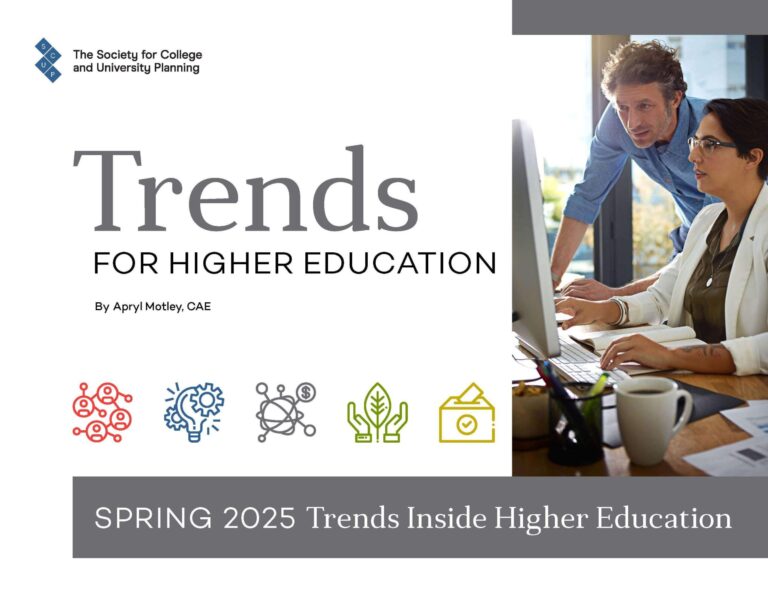As the landscape of higher education continues to evolve at a breakneck pace, Deloitte’s latest report on “2025 Higher Education Trends” offers a critical roadmap for institutions navigating the future. Drawing on comprehensive research and expert insights, the report highlights emerging patterns poised to reshape academia—from technological innovation and shifting student demographics to new funding models and lifelong learning paradigms. This article delves into Deloitte’s key findings, shedding light on how colleges and universities can adapt to meet the demands of tomorrow’s learners and the broader global economy.
Higher Education’s Digital Transformation Accelerates Post Pandemic
In the aftermath of the global pandemic, higher education institutions have embraced digital transformation at an unprecedented pace. Universities are no longer just supplementing traditional teaching with online tools—they are fundamentally reimagining curricula, campus engagement, and administrative operations through technology. From AI-driven personalized learning paths to virtual laboratories and immersive VR experiences, the sector is moving toward a more dynamic and accessible educational ecosystem.
- Hybrid Learning Models: Combining in-person and virtual instruction to increase flexibility and reach.
- Data-Driven Insights: Leveraging analytics to identify student needs and improve retention rates.
- Enhanced Digital Infrastructure: Investing in cloud platforms and cybersecurity for seamless scaling.
| Focus Area | Post-Pandemic Impact |
|---|---|
| Teaching Methods | Shift to blended and fully online courses |
| Student Engagement | Virtual events and AI chatbots for support |
| Operational Efficiency | Automation of administrative workflows |
Data Analytics Drives Personalized Learning and Student Success
As institutions harness the power of big data, educational experiences are becoming increasingly tailored to meet individual student needs. By analyzing learning behaviors, assessment results, and engagement metrics, educators can craft personalized pathways that foster deeper understanding and skill development. This approach not only boosts academic performance but also enhances student motivation by delivering content that resonates personally, encouraging a proactive approach to learning.
Moreover, predictive analytics empower universities to proactively address challenges such as dropout risks and course difficulties. Insights derived from data enable targeted interventions, resource allocation, and improved support systems. The following table highlights key analytics-driven strategies driving student success:
| Strategy | Impact | Example |
|---|---|---|
| Adaptive Learning Platforms | Customized content delivery | Real-time difficulty adjustment |
| Early Warning Systems | Identify at-risk students | Proactive counseling outreach |
| Engagement Analytics | Monitor participation trends | Personalized feedback loops |
Bridging Skill Gaps Through Industry Partnerships and Workforce Alignment
As the workforce landscape evolves at an unprecedented pace, collaboration between higher education institutions and industries is becoming a strategic imperative. Universities and colleges are increasingly co-creating curricula with businesses to ensure that graduates possess the skills immediately relevant to today’s job markets. This synergy not only accelerates student readiness but also fosters a culture of continuous learning, where academic programs adapt dynamically to emerging technologies and market demands.
Key strategies gaining traction include:
- Co-designed internships and apprenticeships that provide hands-on experience.
- Real-time labor market analytics guiding program development.
- Cross-sector advisory boards that influence educational priorities.
- Investment in upskilling initiatives for both students and current professionals.
| Partnership Model | Primary Benefit | Example Outcome |
|---|---|---|
| Industry Mentorship | Career readiness | 70% job placement within 6 months |
| Joint Research Programs | Innovation in curriculum | Launch of 3 tech startups annually |
| Workforce Upskilling | Employee retention | 30% productivity increase |
Policy Changes and Funding Models Reshape Institutional Strategies
Recent adjustments in government policies and funding priorities are compelling universities to rethink their operational blueprints. Institutions are increasingly shifting toward performance-based funding, where allocations depend on measurable outcomes such as graduation rates and job placements. This model incentivizes efficiency but also pressures institutions to innovate program delivery and boost student success initiatives. Concurrently, policy reforms are unlocking new avenues for public-private partnerships, enabling colleges to diversify revenue streams amid tightening budgets.
The evolving landscape has also spurred adoption of hybrid funding frameworks that blend traditional grants with alternative income sources. Key strategies gaining traction include:
- Expanded research collaborations with industry stakeholders to attract investment.
- Enhanced online program offerings to draw non-traditional learners and increase enrollment.
- Targeted scholarships funded through alumni networks and philanthropic campaigns.
| Strategy | Impact | Example |
|---|---|---|
| Performance-Based Funding | Improved accountability | State Grants tied to graduation rates |
| Public-Private Partnerships | Diversified income | Industry-sponsored research projects |
| Online Program Expansion | Broadened access | Flexible credentials for working adults |
In Conclusion
As the landscape of higher education continues to evolve, Deloitte’s 2025 forecast offers critical insights for institutions, policymakers, and stakeholders aiming to navigate forthcoming challenges and opportunities. From the rise of AI-driven learning to shifting funding models, these trends underscore the sector’s ongoing transformation. Staying informed and adaptable will be essential for educators and students alike as they prepare for the realities of tomorrow’s academic environment.




